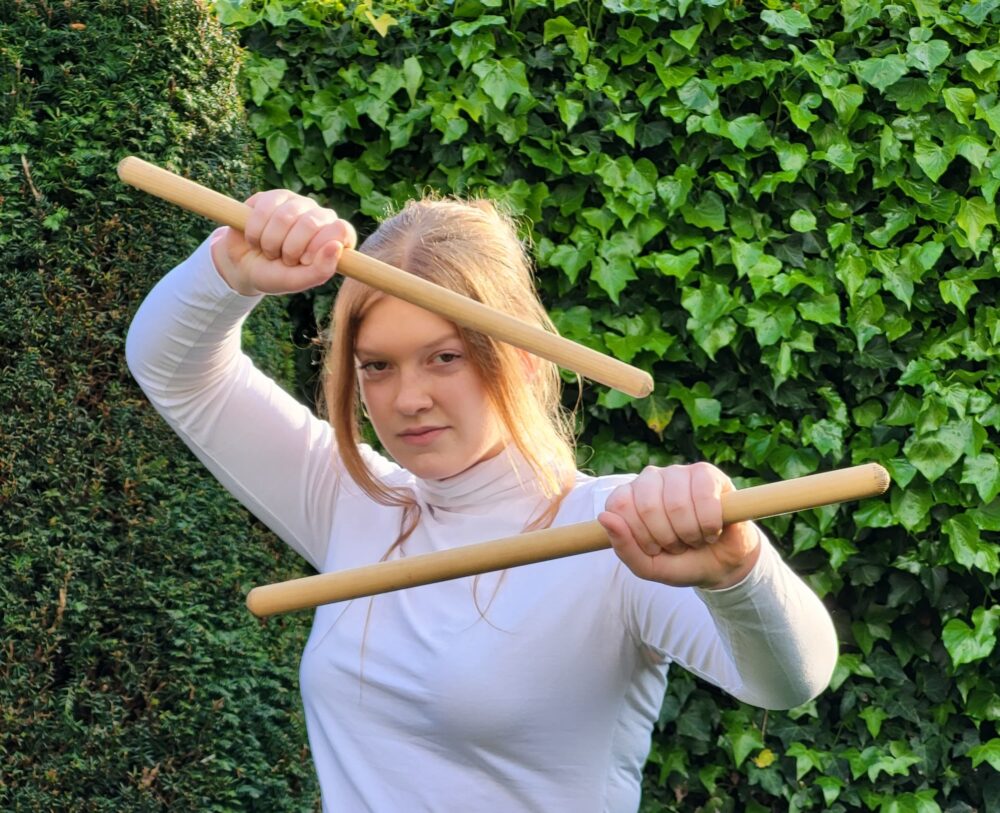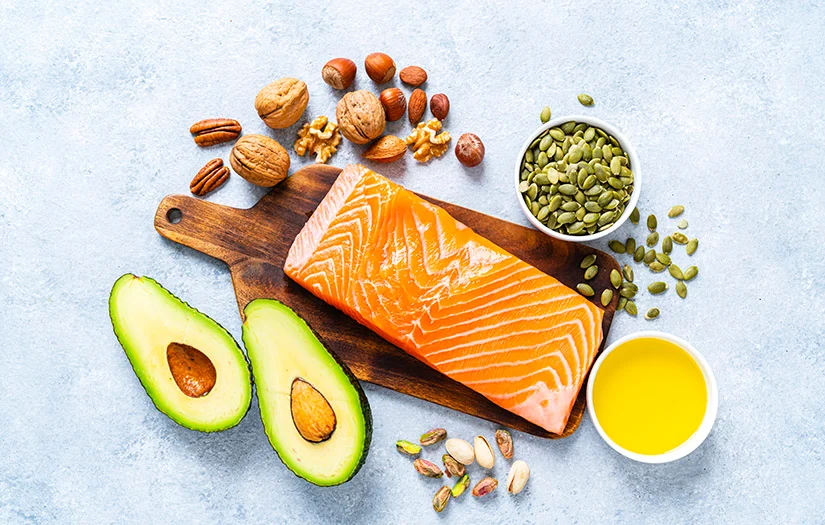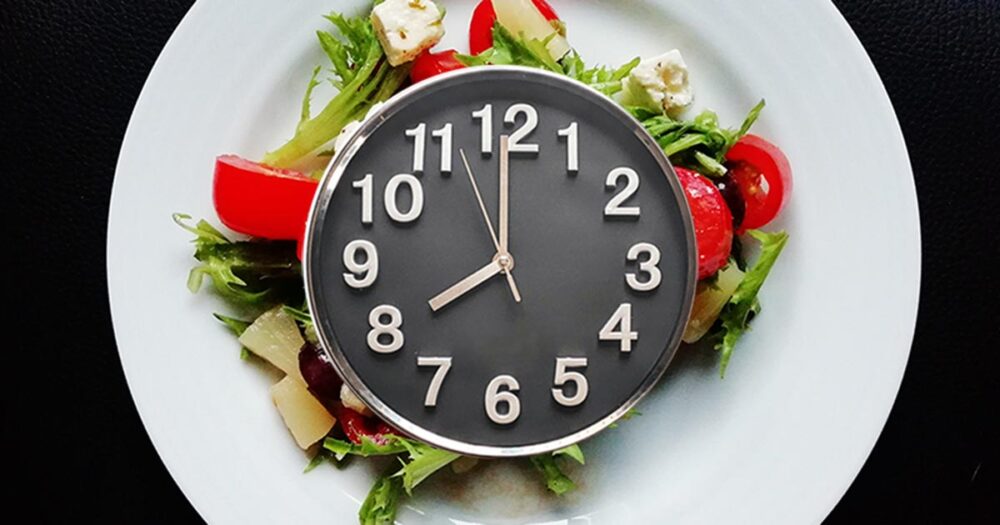7 steps in using visualisation for greatness in young athletes

Visualisation is a technique used by many of sporting’s elite. I am a martial artist, and was a professional athlete for many years. However without even knowing it, visualisation techniques were engrained on me from such a young age.
It is about creating a mental image of what you want to happen or feel in reality and practise ‘visualising’ it in your mind’s eye before the actual event. For example if you visualise yourself winning, it will make it more likely to happen, so the theory goes.
Visualisation like this will help improve your performance, if done correctly. But as with any skill, one of the most important parts is the training as this is your rehearsal and repetition.
As an athlete myself who used to compete for Great Britain and now a parent, it is useful to have an understanding of why visualisation is key and how you can help you or your child to build visualisation in to their training programme. Here are my steps to help you implement visualisation.
Steps to using visualisation
- Set clear goals: Begin by defining with your child clear, and specific goals. Whether that is improving a particular skill, winning a competition, or achieving a small personal achievement for them. Having a well-defined objective is essential for effective visualisation.
- Encourage them to take long, slow breaths, breathing in through the nose and out through the mouth to slow the heart rate and help to relax. I do this with my youngest who has just started school. If he gets himself worked up in the morning, we do breathing exercises to help calm his mind and body.
- Have mental rehearsals. Make your child visualise themself performing at their best in their chosen sport. Use all of their senses to create a vivid mental image. Feel the emotions of success and accomplishment.
- Ensure its from a first-person perspective. Have your child visualise from their own perspective rather than watching from a third-person perspective. This helps create a stronger connection between your mental rehearsal and your actual performance.
- Incorporate Detail and precision. Pay attention to the smallest details in their visualisation. Have them imagining executing their techniques flawlessly and making the right decisions under pressure. If something doesn’t go to plan, they pick themselves up and carry on to win or achieve what it is they were out to achieve.
- Practice regularly. Visualisation improves over time with practice. Incorporate it into your training regime. Spend time visualising your goals before important events and over time you will be able to use it as a great mental training tool.
- Positive self talk. Combine positive affirmations with your Childs visualisations. Help them to use encouraging statements to boost their confidence and motivation.
More than just competition
Visualisation doesn’t always have to be specific to competing. It can also be used as a relaxation technique, or to get through daily challenges and set backs.
If your child is getting wound up about an upcoming competition or an exam, or is even struggling with the work load from school, you can encourage them to use visualisation to help.
Use exactly the same technique, but imagining a peaceful setting, such as lying on a beach, with the sound of the ocean in the background. Just a few minutes of this, paired with long, deep breaths, will encourage calmness.
It can also help your child recover from injury by keeping the mind focused and motivation levels high.
Visualisation can help you improve your mental skills, build confidence, reduce anxiety and enhance your overall athletic performance. It is definitely a valuable tool that I use regularly to map out in my mind how I want a scenario to pan out. When used consistently and effectively, it will really complement your physical training and help you to achieve your goals.
– Chloe x






Responses